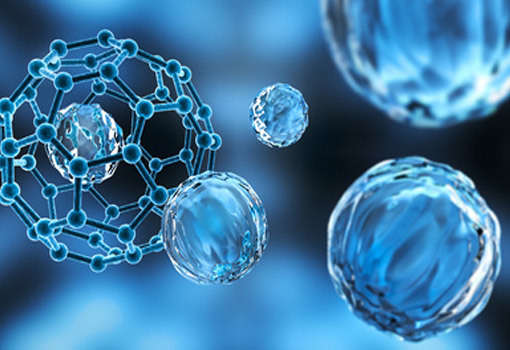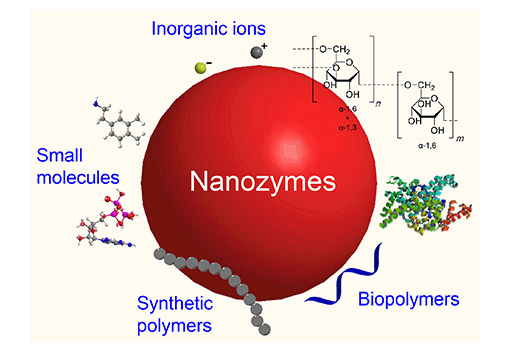
STP Microbial Culture
Product Details
| Available Form | Organic Semi-Solid Form |
| Number of Bacterial Cultures | 52 Different Bacterial Cultures |
| Stage of Bacterial Cultures | Living Bacteria |
| Number of Bacterial Colonies | 35 x 10-9 CFU/ml |
| Shelf Life | Min One Year |
Effluent Parameter Reduction Chart
| Parameters | Percentage of Reduction |
| Sludge Degradation | Zero Sludge |
| Chemical Oxygen Demand ( COD ) | 95 – 98 % |
| Biological Oxygen Demand ( BOD ) | 98 – 100 % |
| Colour | 100 % |
| Odor | 100 % |
| Removal of Suspended & Floatable Organic Debris | 95- 100 % |
| Reduces Total Suspended Solids ( TSS ) | 98- 100 % |
| Reduces Total Dissolved Solids ( TDS ) | Depends on Characteristics of wastewater |
| Increases Dissolved Oxygen ( OD ) | Min 3 – Max 8 |
Preferred Buyer From
| Location | Worldwide |
Product Details
| Type | Stp Plant |
| Application | Desalination |
| Automatic Grade | Automatic |
| Power | 3-6kw |
| Driven Type | Electric |
| Warranty | 5years |
| Available Form | Organic Semi-Solid Form |
| Number of Bacterial Cultures | 52 Different Bacterial Cultures |
| Stage of Bacterial Cultures | Living Bacteria |
| Number of Bacterial Colonies | 38 x 10-9 CFU/ml |
| Shelf Life | Min One Year |
Effluent Parameter Reduction Chart
| Parameters | Percentage of Reduction |
| Sludge Degradation | Zero Sludge |
| Chemical Oxygen Demand ( COD ) | 95 – 98 % |
| Biological Oxygen Demand ( BOD ) | 98 – 100 % |
| Colour | 100 % |
| Odor | 100 % |
| Removal of Suspended & Floatable Organic Debris | 95- 100 % |
| Reduces Total Suspended Solids ( TSS ) | 98- 100 % |
| Reduces Total Dissolved Solids ( TDS ) | Depends on Characteristics of wastewater |
| Increases Dissolved Oxygen ( OD ) | Min 3 – Max 8 |
Preferred Buyer From
| Location | Worldwide |
Nanozyme-BET-STP-9013
( STP Microbial Culture )
MICROBIAL CULTURE / BIO CULTURE FOR SEWAGE WATER TREATMENT, MUNICIPAL CORPORATION, SEPTIC TANK, FOOD PROCESSING, FISH POND.
PRODUCT DESCRIPTION
Enzyme products by Nanzoyme microbial culture / bio culture will serve to enhance the operational performance of municipal sewage treatment plants (STP), septic systems, grease traps, food processing waste systems, lagoons, lift stations, fish ponds, water estuaries, or any system where waste organics are a problem.
STP microbial culture and bioculture for STP play a crucial role in optimizing sewage treatment efficiency. These solutions, including bioculture for STP plant and bioculture for sewage treatment, help break down organic waste, ensuring a more effective and eco-friendly treatment process. Additionally, bioculture for effluent and bio culture for ETP are highly effective in reducing sludge accumulation, leading to a zero sludge process.
Enzymes act to break the organic matter into water-soluble nutrients, which the bacteria digest. Using complex chemical reactions, the organic waste is metabolized down to water and carbon dioxide (the final metabolic waste products), providing the bacteria with energy for growth and reproduction. It may be simply shown by the following equation:
- Compared with physicochemical ways, biological methods for wastewater treatment are considered cost-beneficial, eco-friendly, and suitable for reducing BOD and COD from effluents. The use of bioculture zero sludge process further enhances efficiency by minimizing waste production.
- However, the conventional biological processes have not effectively performed for the removal of color and recalcitrant compounds from sewage wastewater. The advanced bioculture for STP and zero sludge process provide a sustainable alternative for better sewage wastewater.
Product Details
| Type | Stp Plant |
| Application | Desalination |
| Automatic Grade | Automatic |
| Power | 3-6kw |
| Driven Type | Electric |
| Warranty | 5years |
| Available Form | Organic Semi-Solid Form |
| Number of Bacterial Cultures | 52 Different Bacterial Cultures |
| Stage of Bacterial Cultures | Living Bacteria |
| Number of Bacterial Colonies | 42 x 10-9 CFU/ml |
| Shelf Life | Min One Year |
Effluent Parameter Reduction Chart
| Parameters | Percentage of Reduction |
| Sludge Degradation | Zero Sludge |
| Chemical Oxygen Demand ( COD ) | 95 – 98 % |
| Biological Oxygen Demand ( BOD ) | 98 – 100 % |
| Colour | 100 % |
| Odor | 100 % |
| Removal of Suspended & Floatable Organic Debris | 95- 100 % |
| Reduces Total Suspended Solids ( TSS ) | 98- 100 % |
| Reduces Total Dissolved Solids ( TDS ) | Depends on Characteristics of wastewater |
| Increases Dissolved Oxygen ( OD ) | Min 3 – Max 8 |
Preferred Buyer From
| Location | Worldwide |



